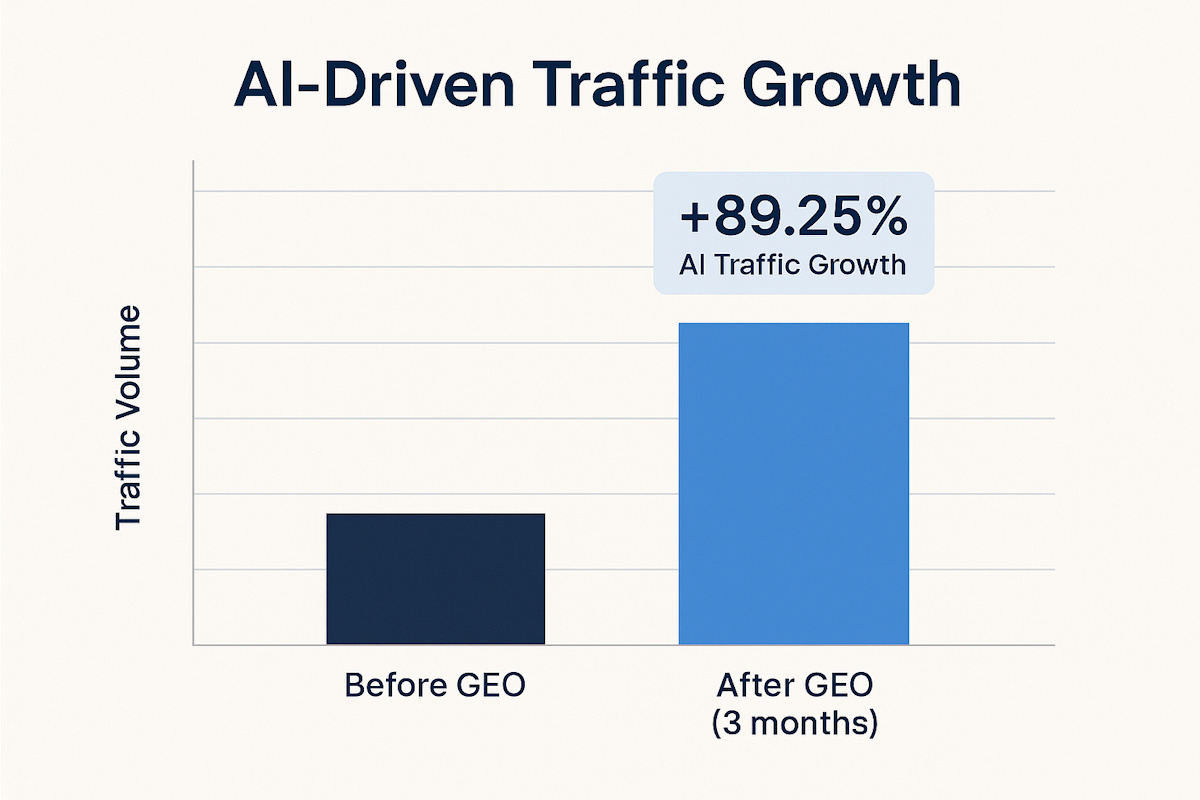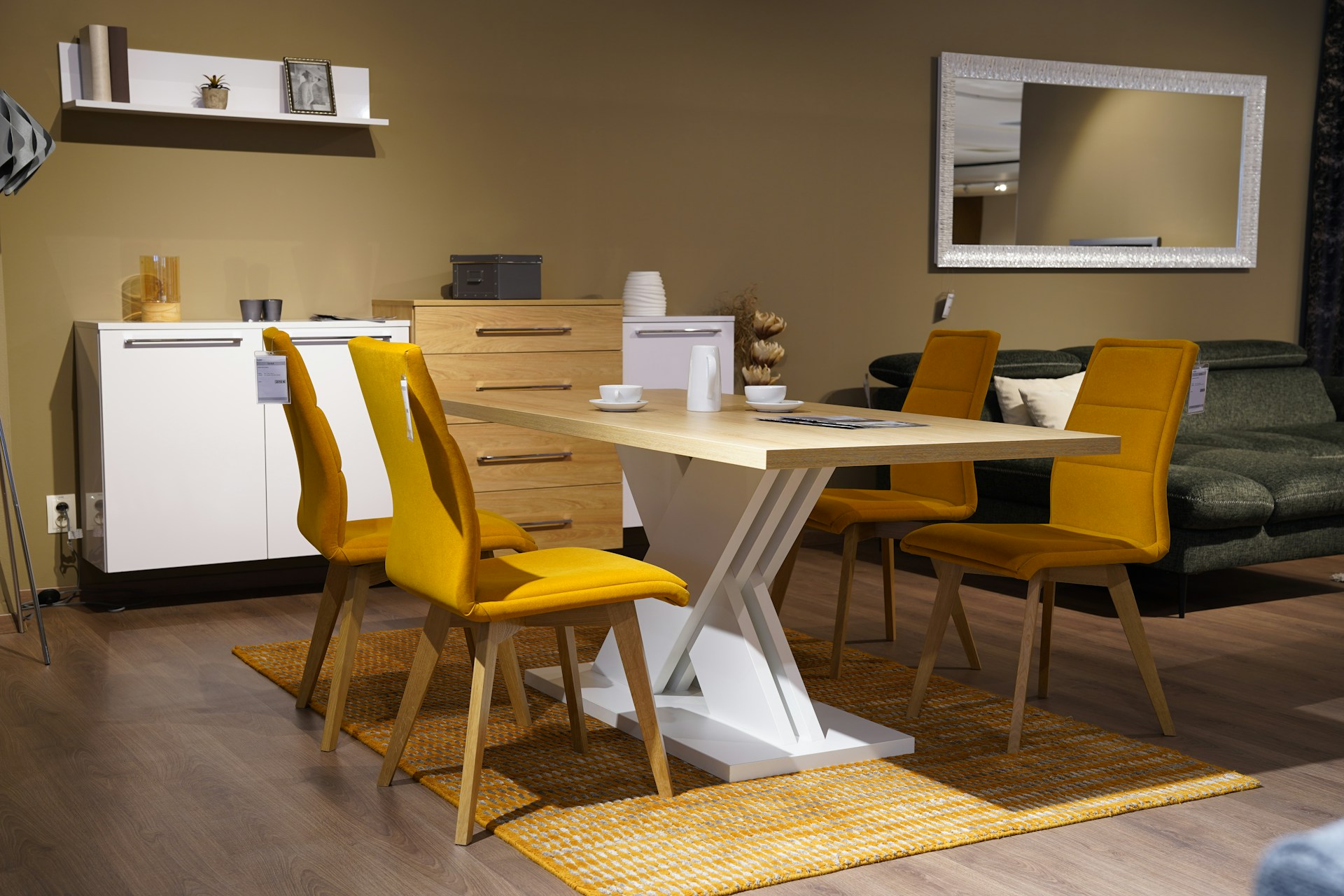Summary

Business Challenge
- Massive catalog: 200K+ products relying on manufacturer descriptions that were too generic.
- Long-tail opportunity vs. thin content risk: Creating filter pages at scale without flooding the site with duplicate content.
- Review clutter: Hundreds of reviews per product risked burying essential product information.
- Technical friction: Image URL and catalog errors undercut both search rankings and user trust.
What We Did
To adapt the retailer’s digital presence for an AI-first search environment, we focused on improving the foundations of their product catalog and search visibility. Our approach combined automation with human oversight, addressing weak spots in content, structure, and user experience.
1
Smart Product Descriptions
With 200,000+ products online, most descriptions came directly from manufacturers. They were often too brief, inconsistent, or didn’t match the retailer’s brand voice.
To solve this, we built an OpenAI-powered integration into the CMS. The system pulls structured product data (dimensions, materials, brand, etc.), runs it through a custom ChatGPT prompt, and generates unique, detailed descriptions.
Every update passes through a moderation filter to catch inaccuracies, ensuring accuracy + scale without losing trust.
2
High-Intent Filter Pages
The retailer’s product variety allowed us to create 10,000+ filter pages targeting long-tail queries like “brown leather living room sets” or “twin size storage beds.” Instead of mass-producing thin pages, we combined AI-driven analysis and manual review to focus only on filters with meaningful search volume.
This approach built a sustainable long-tail SEO/GEO foundation without bloating the site with low-value pages.
3
Enhanced Structured Data
The product pages already had standard schema markup. To better align with AI agents and Google Shopping standards, we expanded structured data to include:
- Bed sizes (Twin, Queen, King)
- Product collection
- Arm position (LAF, RAF)
- Reclining type (manual, power)
We also added 3D product models, letting shoppers spin furniture 360° or preview it in their room via AR. This not only improved user experience but also boosted click-through rates thanks to Google highlighting 3D-enabled products in search results.
4
Smarter Review Management
Some products had 100+ reviews, which risked overshadowing product details. We optimized by:
- Showing 10 reviews upfront with pagination for more.
- Prioritizing reviews with photos, detailed insights, and high engagement.
This struck a balance: social proof without clutter.
5
Image Optimization
The retailer’s sync system often reassigned new URLs to the same images, which diluted SEO and GEO performance.
We developed a URL-stability mechanism: only new images get new URLs. For example, if 5 images existed and 3 more were added, only those 3 were updated. This kept assets consistent, crawlers happy, and rankings stable.
6
Monthly Quality Audits
Typos or formatting issues in product names or descriptions can hurt both rankings and brand trust.
We rolled out an internal QA tool that:- Scans all titles/descriptions monthly
- Flags issues like typos, short/irrelevant text, HTML glitches
- Provides a quick-fix queue for the content team
This proactive system ensures the catalog remains error-free and search-ready.


